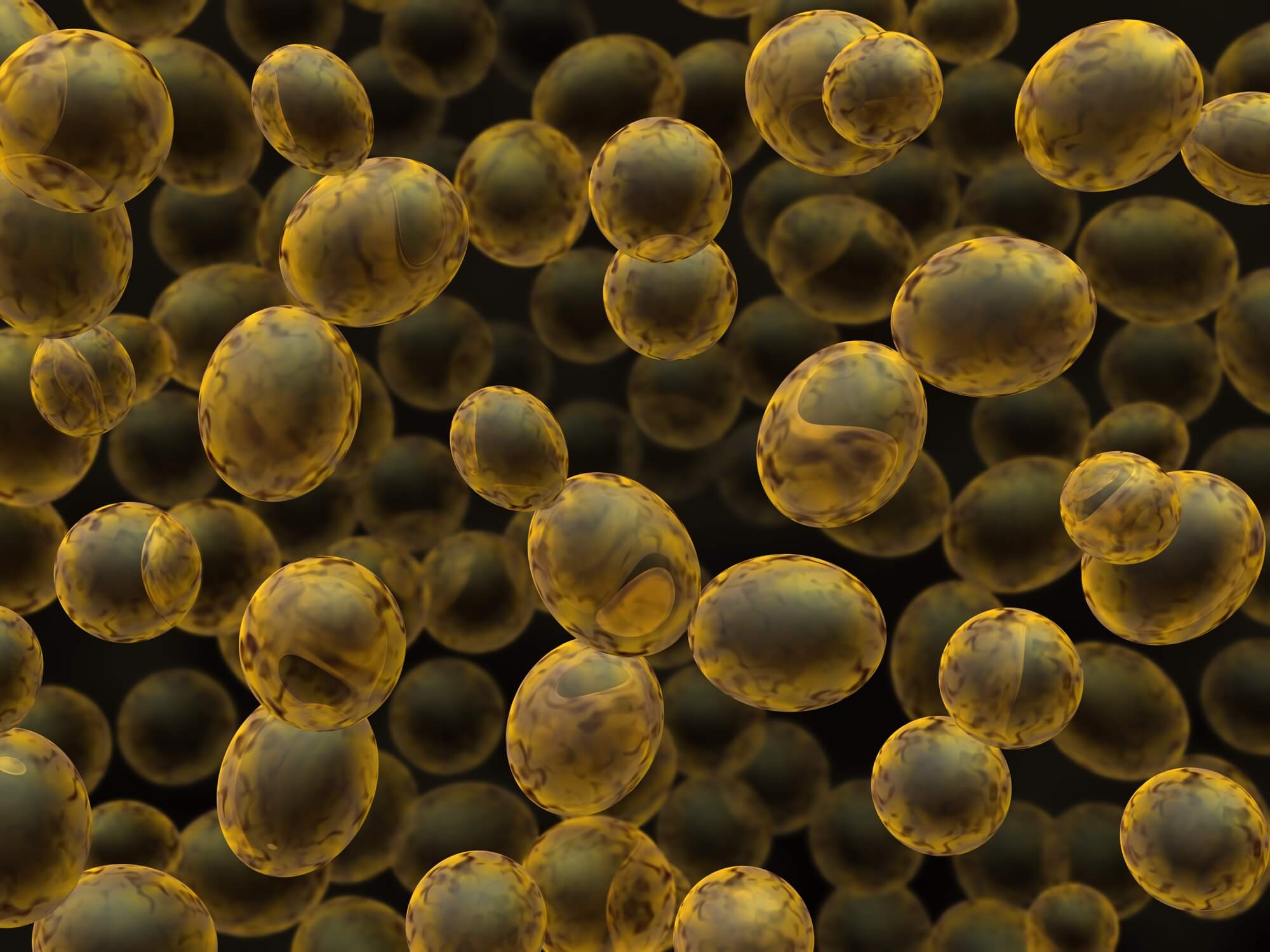The new discovery could shed light on the basic mechanisms that control sugar metabolism in other organisms, including humans.

Yeasts are single-celled organisms from the fungi family. There are hundreds of different species of yeast, but the best known is S. cerevisiae, the yeast that humans use mainly in baking and in the production of ethanol for spirits, for medical purposes and for research. Because yeast is a simple organism but contains a nucleus, it serves as a good model for basic research and understanding of human cells. The yeasts produce their energy by breaking down sugar found in their environment, and reproduce by budding or sexual reproduction.
A new study by Tel Aviv University discovered for the first time the mechanism of action of the protein that serves as a kind of "antenna" that senses hunger in yeast cells and how it is activated. According to the researchers, the "antenna" detects the level of acidity in a yeast cell and signals the cell about the amount of sugar in it. The importance of the research is that the yeast cell simulates a human cell, and the researchers estimate that with the help of the new findings it will be possible to understand more complex mechanisms in the human body.
The research was conducted under the leadership of researcher Dr. Kobi Simpson-Lavie in the laboratory of Prof. Martin Kopik from the Shemunis School of Biomedical Research and Cancer Research. Faculty of Life Sciences. The study was published in the journal "iScience".
The Yeast Hunger Games
According to the researchers, so far science has not yet deciphered the internal mechanism that causes yeast to express hunger. The advantage of solving the mystery is the ability to understand the complex mechanisms of metabolism in humans. The yeast model can hint at metabolic pathways that have not yet been revealed in humans and help us eradicate diseases such as diabetes, obesity, etc.
Prof. Kopeik explains: "Yeast is a very relevant research model, on the one hand they are very easy for experimental work, and on the other hand they contain a nucleus and many organelles that remind us of the human body. In this study we discovered that a protein in the liver called Snf1 is controlled by a kind of "antenna" that is able to measure the level of acidity in the cell.
"The mechanism we discovered works in this way: if there is glucose (Shemer's food) in the cell, then the pump located on the cell wall changes the acidity level in the cell. In the next step, the antenna in Snf1 picks up this action and 'signals' to the cell that it can be eaten. When the glucose runs out, the pump stops working and the antenna picks it up. The Snf1 protein changes its shape, enters the cell nucleus and signals it to eat other food, for example ethanol." The new discovery could shed light on the basic mechanisms that control sugar metabolism in other organisms, including humans.
Prof. Kopik adds: "In basic science we try to find out how cells work. Understanding the basic processes of the cell gives us tools to study complex processes, such as the development of diabetes or cancer, and can lead to the development of medicines that will help humanity."
More of the topic in Hayadan:
